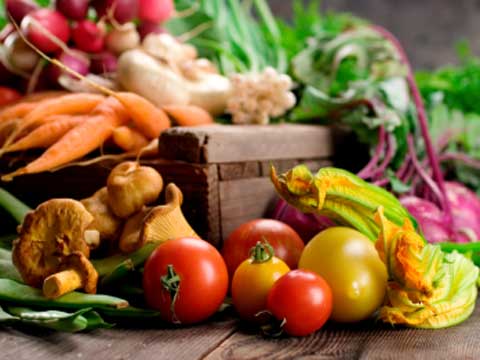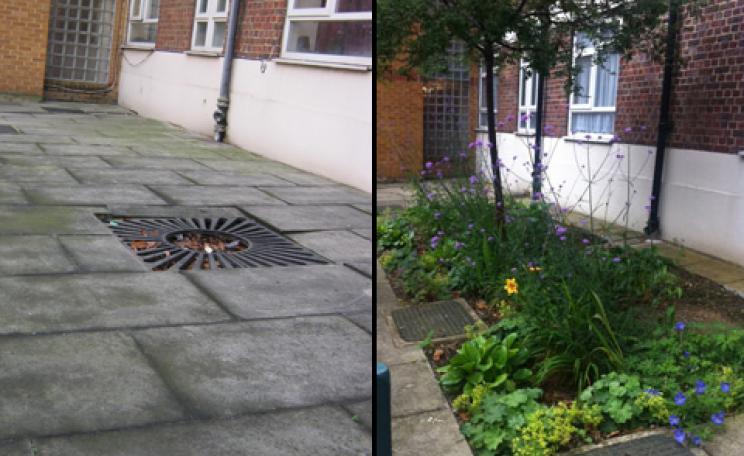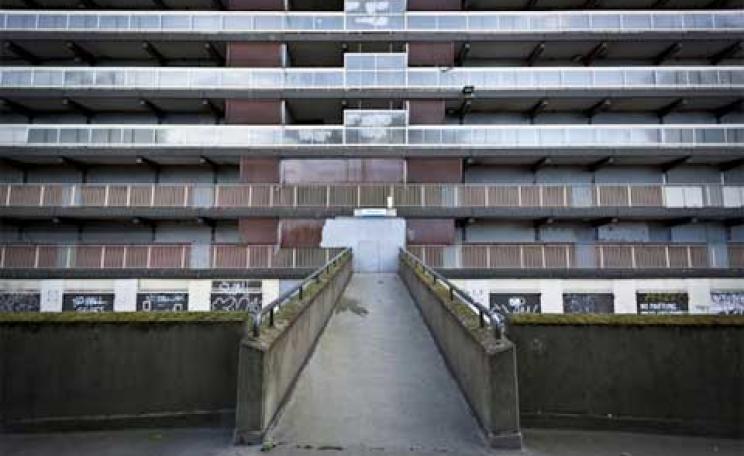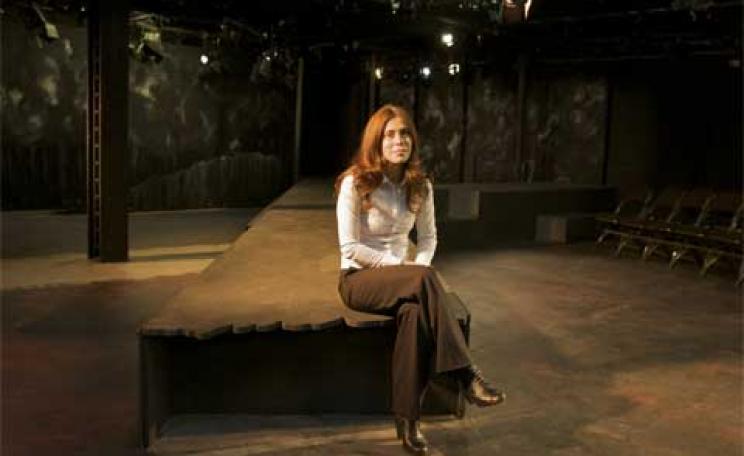Planting fruit trees and shrubs at Harringay Green Lanes station
When I approached Harringay Green Lanes station in September I never expected either to be as lucky as I was, or the interest my idea of growing food at stations would generate.
Having worked all over London, I've spent a lot of time waiting for trains at the city's drab, grey, open-air waiting rooms. A couple of years ago I found myself at a particularly bleak North London station, hemmed in with high walls.
All that greeted the weary commuter was an array of flat, grey surfaces, topped with an often grey sky. Looking at the forlorn planters around me I felt strangely inspired.
Then last summer I joined Transition Town Finsbury Park (TTFP), a group in its early stages, focusing on local food production. The idea behind Transition Towns is that groups form to improve local sustainability, tackling issues such as food, transport and waste, to mitigate the effects of Peak Oil on their communities.
The seeds of a good idea...
The support of the group gave me the courage to follow my idea, and less than a week after a living-room meeting with three encouraging Transitioners I was approaching local stations. At the first, a staff member looked at me as if I'd suggested lining the platforms with ornamental teapots.
Later that day I knocked at the portacabin door of Harringay Green Lanes Station. I was met by station supervisor, Sharma, who invited me in for a cup of tea. Looking around the station, I realised how much potential there was, namely in a strip of land about three metres wide running along the north of the site.
It was no plush meadow by anyone's standards, overshadowed by the eastbound platform and covered in long grass and well-established buddleia, but I saw an opportunity to show passers-by it is possible to grow food even in unlikely places.
As an enthusiastic gardener, Sharma was keen to get involved. He gave me an email address for the North London Lines station delivery manager, Sarah, and I got in touch. She asked for our mission statement and said 'yes' in principal, she just needed to run it past her property manager. They would even pay for materials.
Finding the plot
I'd never started any project before, and frankly couldn't believe my luck.
Although the land is owned by Network Rail, LOROL (London Overground Rail Operations Ltd), a branch of TfL (Transport for London) manages the North London Line and its stations. After a month of emails Sarah and I finally met at the plot. By chance, I'd approached LOROL just when they were looking for community projects, and this was to be their first.
After risk assessments we were given the final go-ahead: we found a good plant stockist (the Agroforestry Research Trust in Devon) and set a date with TTFP volunteers for clearing the land.
What do you think? Comment here
Ever the logistical wizard, TTFP steering member Jo drew a map of the space and a planting scheme. Suddenly it didn't look so easy: the ground sloped steeply away from the footpath, leaving a two-metre strip of useable land, and the buddleias were so large it looked like we'd need to winch them out. The land is also north facing and partially overshadowed by the raised platform, posing questions over light.
Apples, currants and blackberries
We eventually decided fruit trees were a practical choice, as once established they need less tending than smaller, annual plants. We settled on three apple trees, three redcurrant bushes and three blackcurrant (shade-loving plants), with a vine on one of the fences, and an existing bramble along the rear fence for blackberries.
As a community group we were able to negotiate a discount on winch hire, but decided to try without, first. BTCV (The British Trust for Conservation Volunteers) loaned us spades, forks, lopping shears and a mattock, and some volunteers brought along their own tools. Thanks to the efforts of seven or so local residents and Transitioners, after two days the plot was clear of buddleia.
With enough stones and rocks in the clayey soil to build a miniature village we decided the trees would need topsoil around their roots. With only four days until planting we sent out desperate emails. Luckily I'd made local contacts through Green Drinks, and Hackney Tree Nursery provided invaluable soil, compost and wood chippings.
We planted between bouts of freezing rain in soil so sticky it was like digging glue, but after three stints - and with mud stuck to our boots in unfeasible quantities - all the plants were in. Station staff agreed to water them and even asked us for a vegetable patch, an idea we are now negotiating with TfL (Transport for London). We are also putting up a sign inviting suggestions on what to do with the fruit.
How to approach a station near you
Although London Overground manages its stations, many are undergoing refurbishment ahead of the Olympics, and some stations gave me a flat 'no'. However, each varies in its management, long-term plans and the land it has available, so it is worth approaching them with ideas.
Through my blog, a university has since got in touch with Sarah to discuss transforming another nearby station.
When I asked whether LOROL would be interested in further similar projects, Sarah said: 'We are very keen to actively encourage any community projects. We want local communities and LOROL staff to take ownership of the station and be proud of their involvement. We welcome any ideas from local groups, schools and youth groups that are feasible.' Groups can email Sarah and she will forward these to the relevant station manager.
'I think it's great to have community involvement at our stations; it's all part of the TFL idea to make our railway stations a safer, enjoyable experience,' she says.
Transport for London owns about 10 per cent of the city's wildlife habitat, and in November it joined the Capital Growth scheme to help produce 2012 London community growing spaces by 2012. Community groups can apply through the website. You can see a list of existing sites here.
Transition Town Finsbury Park has a growing number of food projects across the N4 area (see here for a list).
| READ MORE... | |
 |
HOW TO MAKE A DIFFERENCE CASE STUDY: turning farmland into allotments Chyanhall Allotments in Cornwall has provided a successful model for farmers and landowners to generate income while providing a grow-your-own space for the community |
 |
HOW TO MAKE A DIFFERENCE How to set up your own local food co-op Food co-ops are a way of buying fresh, locally grown food for less money. Sustain have produced an online resource, 'the Food Co-ops Toolkit', that explains how to start one up |
 |
HOW TO MAKE A DIFFERENCE 10 resources for better food growing Food and farming is in crisis but there is hope for the future - from organics and Slow Food to permaculture and land share schemes |
 |
HOW TO MAKE A DIFFERENCE CASE STUDY: growing fruit and veg in the city A host of communal vegetable gardens are springing up in the concrete heart of East London. Ben Willis meets the woman coaxing life from the urban jungle |
 |
GREEN LIVING Learn to grow your own food Starting out growing your own food isn’t hard, it’s just a matter of course, says first-time farmer Matilda Lee |







